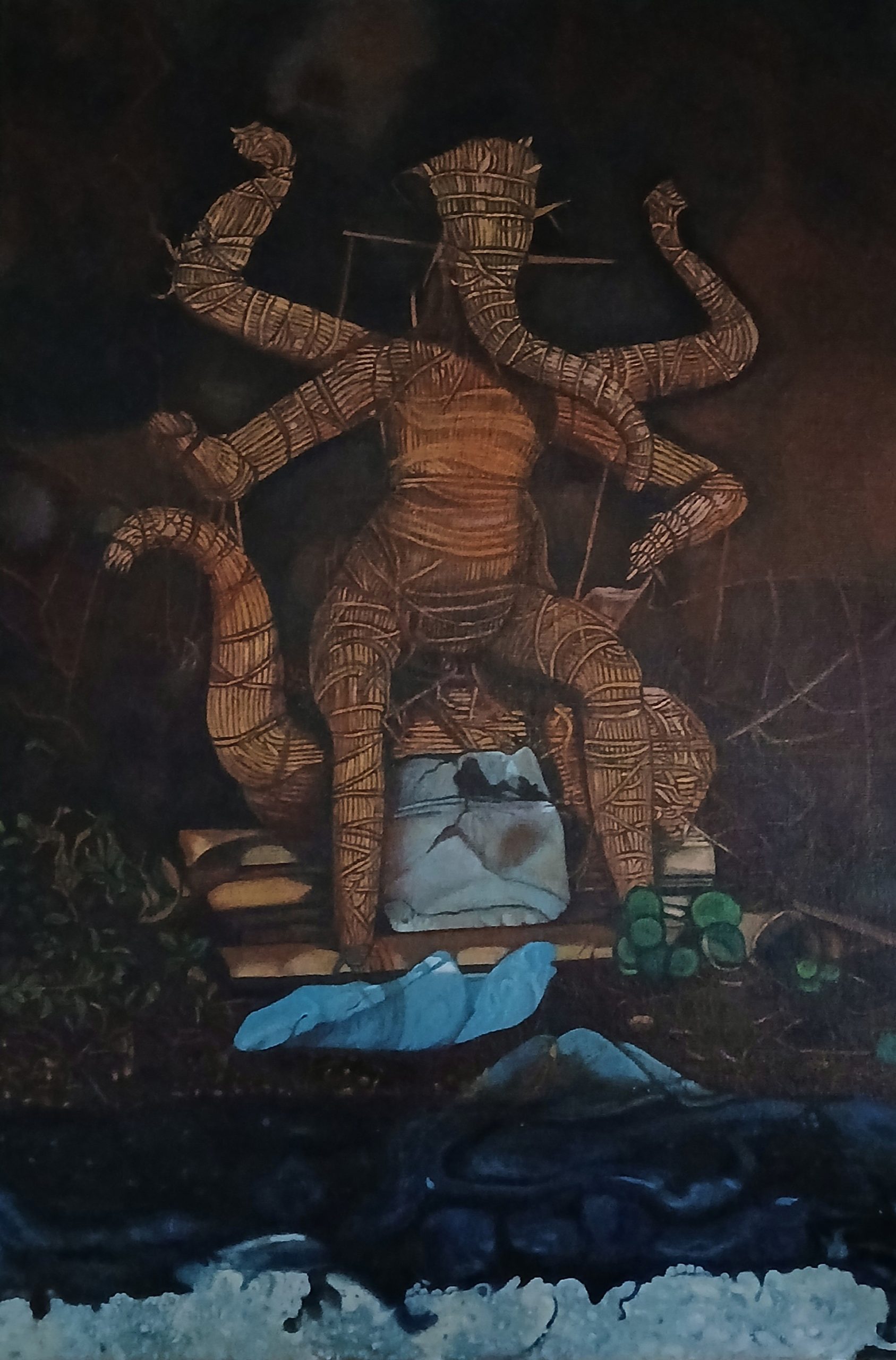Welcome to the Social Art Award 2025 – Online Gallery!
🌊 Dear friends of art and transformation, 🌊
A heartfelt thank you to all artists and creatives who submitted their powerful works for this year’s Social Art Award under the theme: “Planetary Healing – Blue Tribes for Ocean Health.” Your inspiring visions speak to ocean restoration, biodiversity, and reimagining our coexistence with all life forms on Earth.
After receiving 922 submissions from across all continents, and concluding a very active public voting phase, the Social Art Award now enters its next chapter:
🔹 What’s next?
The professional jury panel is currently reviewing and selecting the TOP 100 entries that will be featured in the official Social Art Award 2025 book. In parallel, the two public voting winners will move forward as wildcards into the final jury round.
🔹 Coming up:
-
Shortlisted artists (TOP 10) will be announced by mid-June.
-
Winners of the Social Art Award 2025 will be revealed at our Online Award Ceremony on July 2, 2025.
We invite you to stay connected as we celebrate the power of Social Art to drive dialogue, awareness, and collective transformation.
Let’s continue to amplify art as a force for Planetary Healing.
Aftermath
Saroj Parmar
In Hinduism, many festivals are related with certain deities (Ganesha, Goddess Durga, Saraswati etc.) and at the end of each such festival, hundreds of thousand idols of related deity are immersed in water bodies like river, pond, sea etc. For example, in 2024 over 200000 Ganesha idols were immersed only in one city Bengaluru in one festival. This ritual is symbolic return of deity to its abode at the end of festival and represents impermanence and cyclical nature of life, hence can’t be called meaningless. But it pollutes water bodies and harms their aquatic ecosystems. Paints and many non-biodegradable materials used in idol making often have heavy metals also. In artwork ‘Aftermath’, I’ve painted one half-decayed idol of Ganesha in a water body.
In Hinduism, many festivals are related with certain deities (Ganesha, Goddess Durga, Saraswati etc.) and at the end of each such festival, hundreds of thousand idols of related deity are immersed in water bodies like river, pond, sea etc. For example, in 2024 over 200000 Ganesha idols were immersed only in one city Bengaluru in one festival. This ritual is symbolic return of deity to its abode at the end of festival and represents impermanence and cyclical nature of life, hence can’t be called meaningless. But it pollutes water bodies and harms their aquatic ecosystems. Paints and many non-biodegradable materials used in idol making often have heavy metals also. In artwork ‘Aftermath’, I’ve painted one half-decayed idol of Ganesha in a water body.



